Plate Coral Care Guide – Care, Feeding & Lighting Tips
Introduction
Plate corals (Fungia, Heliofungia, Diaseris, Cycloseris, and Lithophyllon) are among the most unique LPS corals in the reef aquarium hobby. Unlike most stony corals, they live unattached on the sandbed, often inflating their tissues to move or right themselves. Their vibrant colors, varied shapes, and fascinating behaviors make them standout centerpiece corals.
Scientific Name & Identification
Plate corals include several genera within the LPS group:
-
Fungia & Cycloseris – Rounded or oval plates with short tentacles.
-
Heliofungia – Long, flowing tentacles resembling anemones; considered more delicate.
-
Diaseris – Fragmented plates that can regenerate into whole corals.
-
Lithophyllon – Encrusting or plating forms with less common coloration.
They are identified by their flat or domed skeletons and fleshy polyps. Unlike encrusting corals, plate corals grow as solitary disks, which makes them distinct and easily recognizable.
Natural Habitat
Plate corals are found throughout the Indo-Pacific, particularly in lagoons, sandy reef slopes, and rubble zones. Living unattached on sandy substrates, they rely on gentle water flow to bring food and nutrients while avoiding dislodgement by strong currents.
Aquarium Care & Setup
To replicate their natural environment, plate corals require:
-
Temperature: 74–80°F (23–27°C)
-
pH: 8.1–8.4
-
Salinity: 1.024–1.026
-
Flow: Low to moderate, ensuring waste does not accumulate without damaging tissue
-
Lighting: Moderate to strong (75–200 PAR), adjusted per species
-
Placement: Sandbed only, away from sharp rockwork to prevent tearing of their delicate tissues
Plate corals can inflate themselves to move slightly, so leaving space is important.
Feeding Plate Corals
While they derive much of their energy from their symbiotic zooxanthellae, plate corals benefit from direct feeding. Meaty foods such as mysis shrimp, chopped seafood, and coral pellets should be offered 1–2 times per week. Feeding is especially important for Heliofungia, which are more demanding.
Growth and Behavior
Plate corals grow as single, free-living colonies. Some species, such as Diaseris, can regenerate from broken skeleton fragments. They are semi-aggressive, capable of extending short sweeper tentacles at night. Over time, larger species like Heliofungia can reach impressive diameters, making them tank focal points.
Tankmates
Plate corals thrive in peaceful reef communities with fish like tangs, gobies, wrasses, and clownfish. Avoid butterflyfish, angelfish, and other coral-nippers. They should not be placed near aggressive LPS or corals with long sweeper tentacles.
Common Challenges
-
Tissue damage: From sharp rocks or rough handling.
-
Insufficient feeding: Especially for Heliofungia, which need regular nutrition.
-
Strong flow: Can flip or injure corals if placed improperly.
Conclusion
Plate corals are fascinating, colorful, and unique additions to reef aquariums. With their free-living growth, vibrant coloration, and occasional ability to regenerate from fragments, they add both beauty and intrigue. Provided with moderate to strong lighting, gentle flow, sandbed placement, and occasional feeding, plate corals will thrive and reward aquarists with years of captivating growth.
Shop plate corals


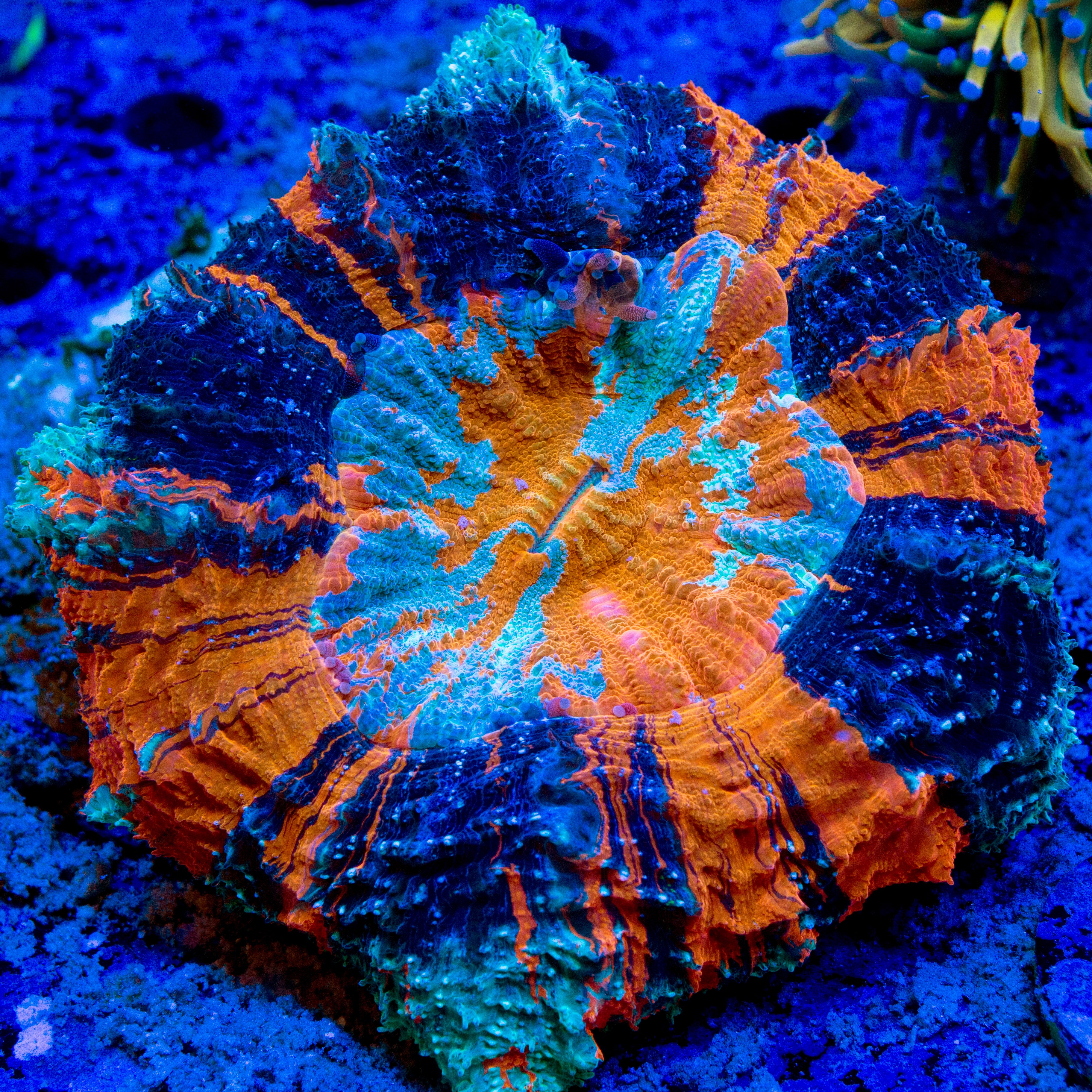
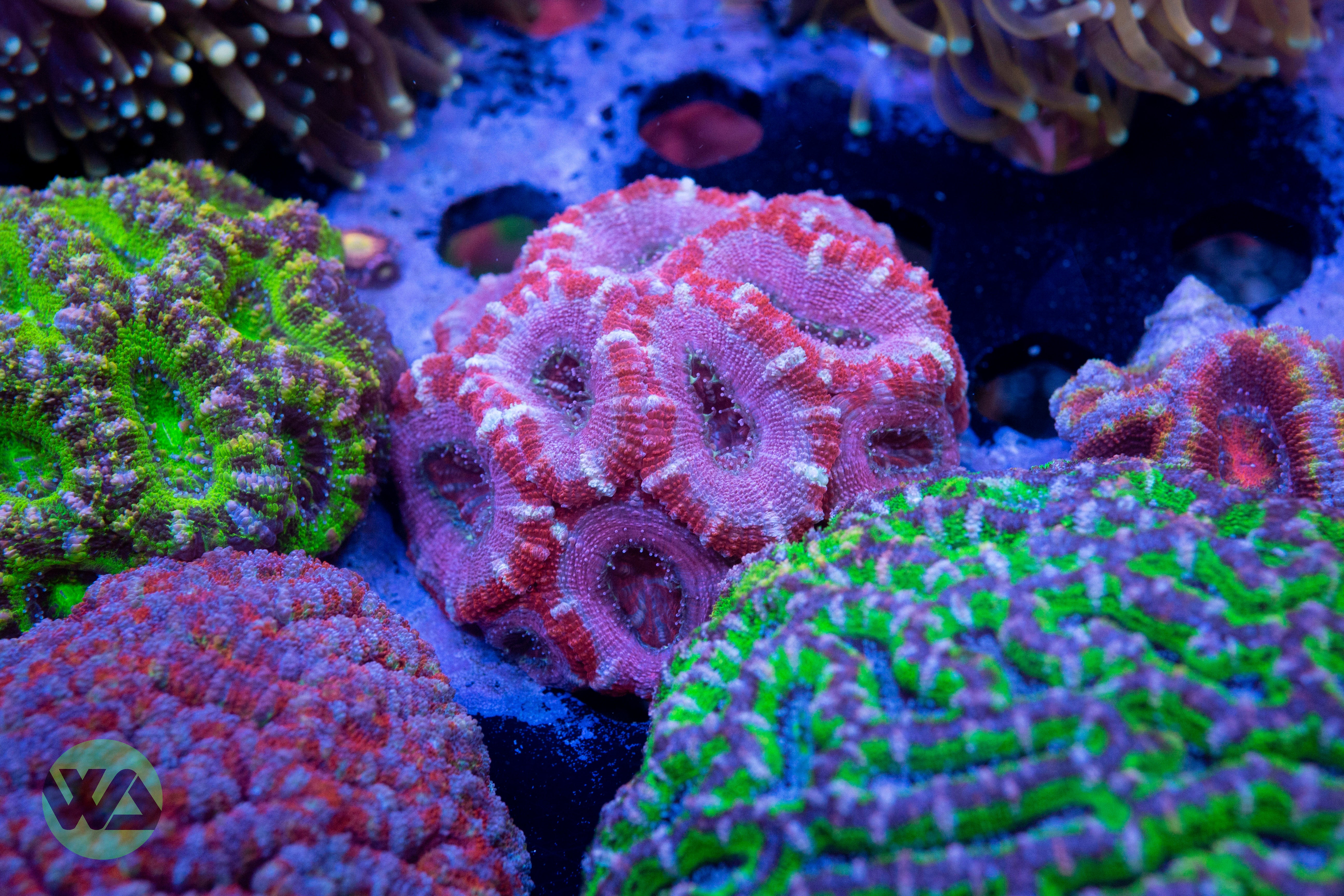
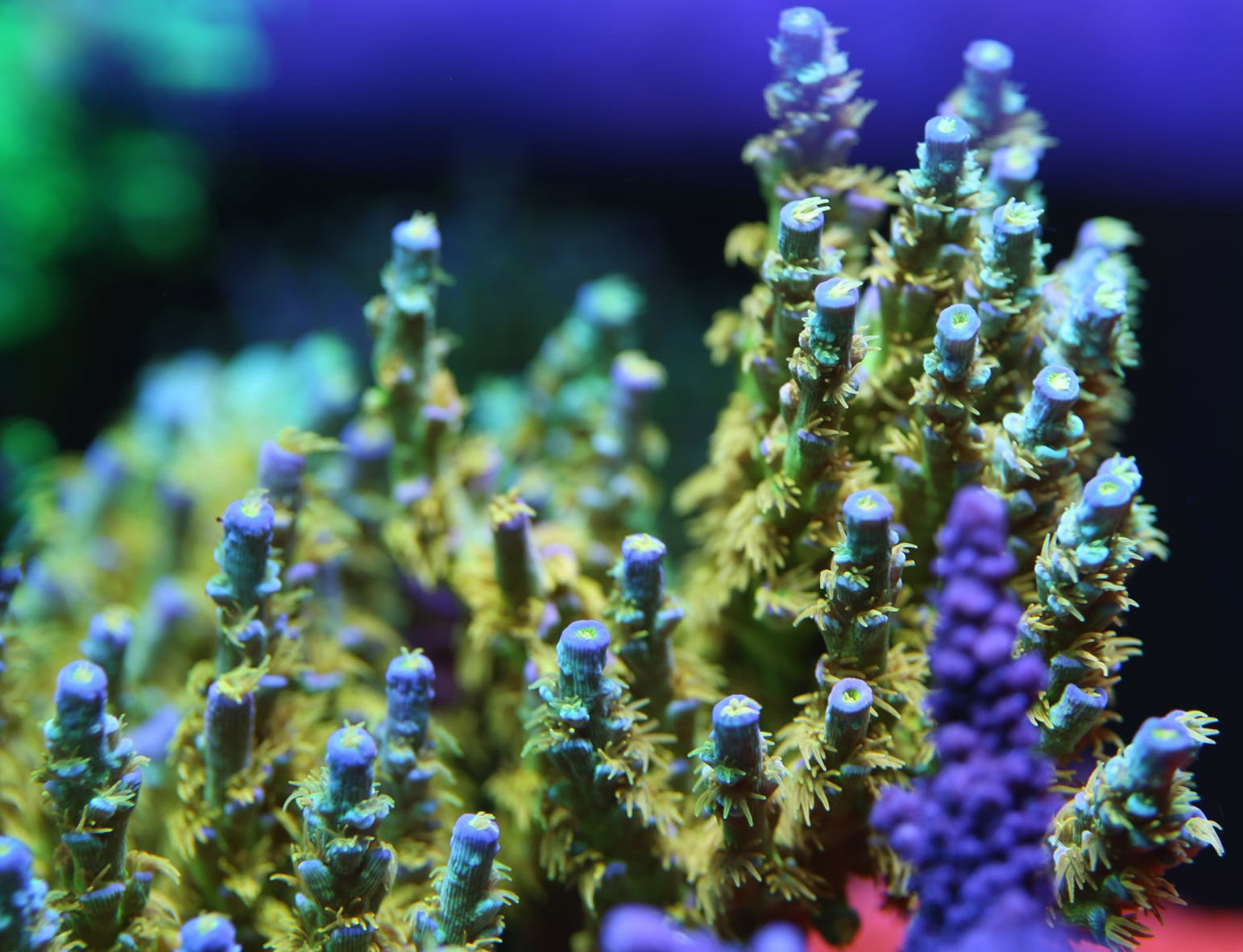
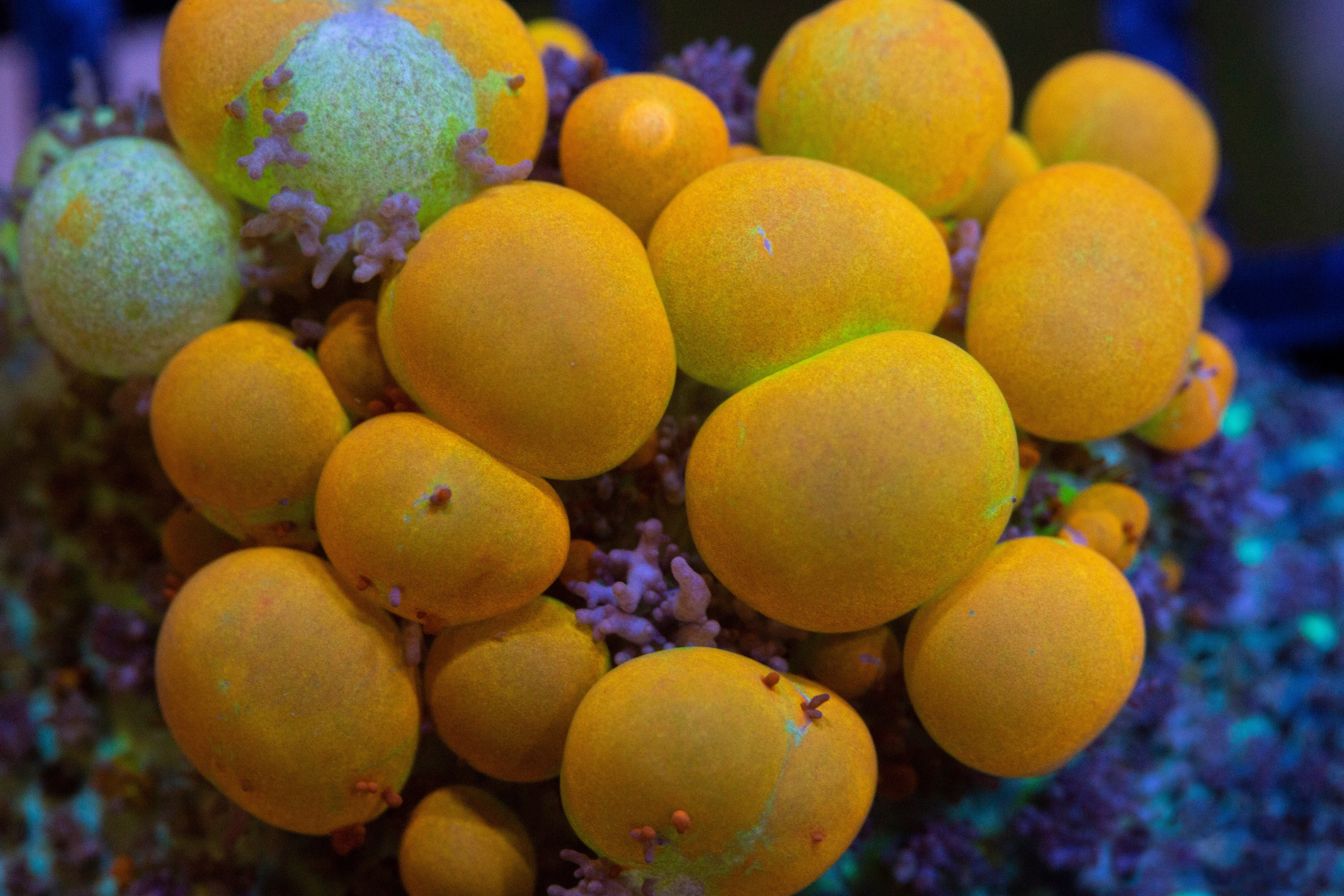
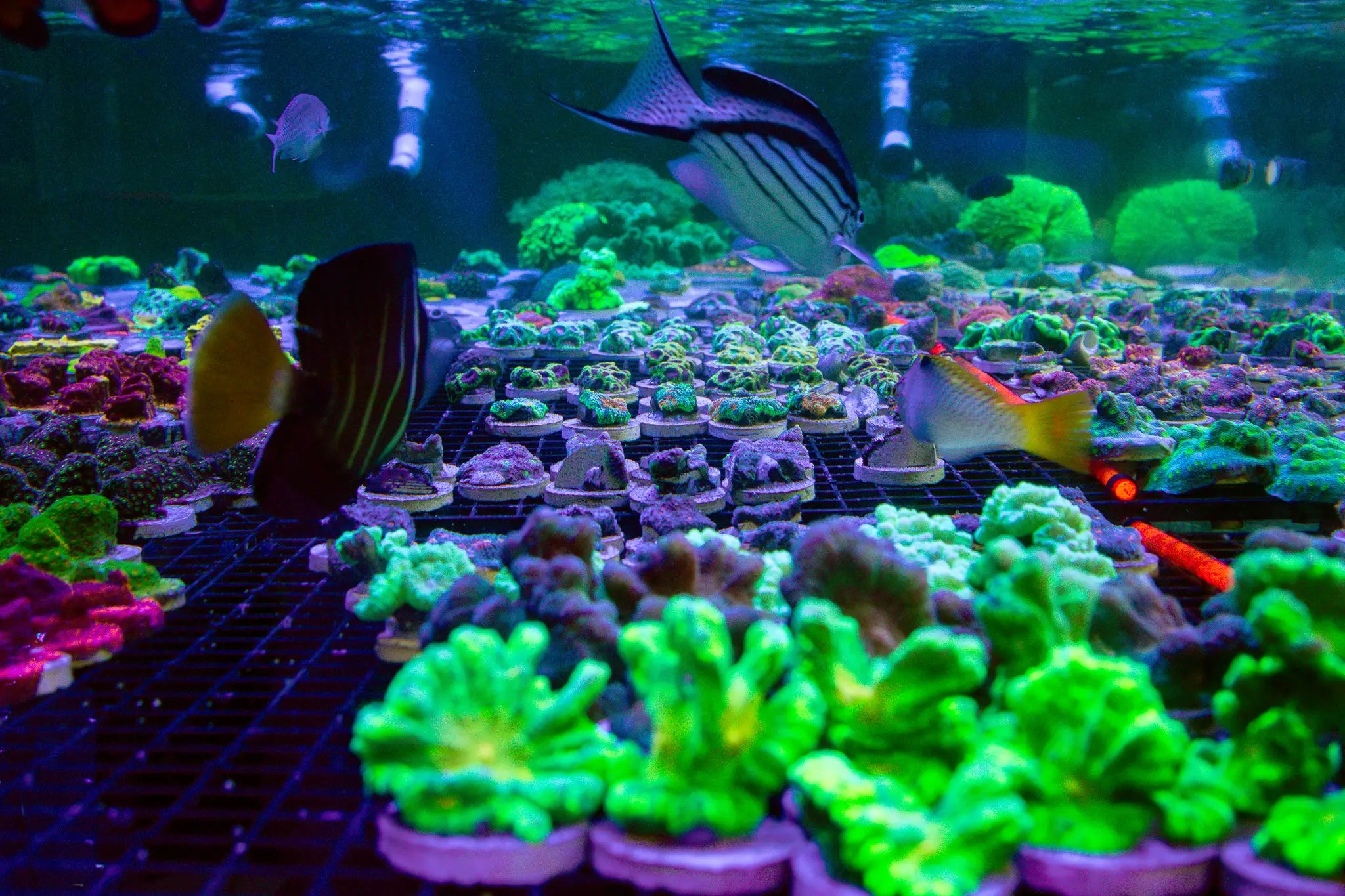

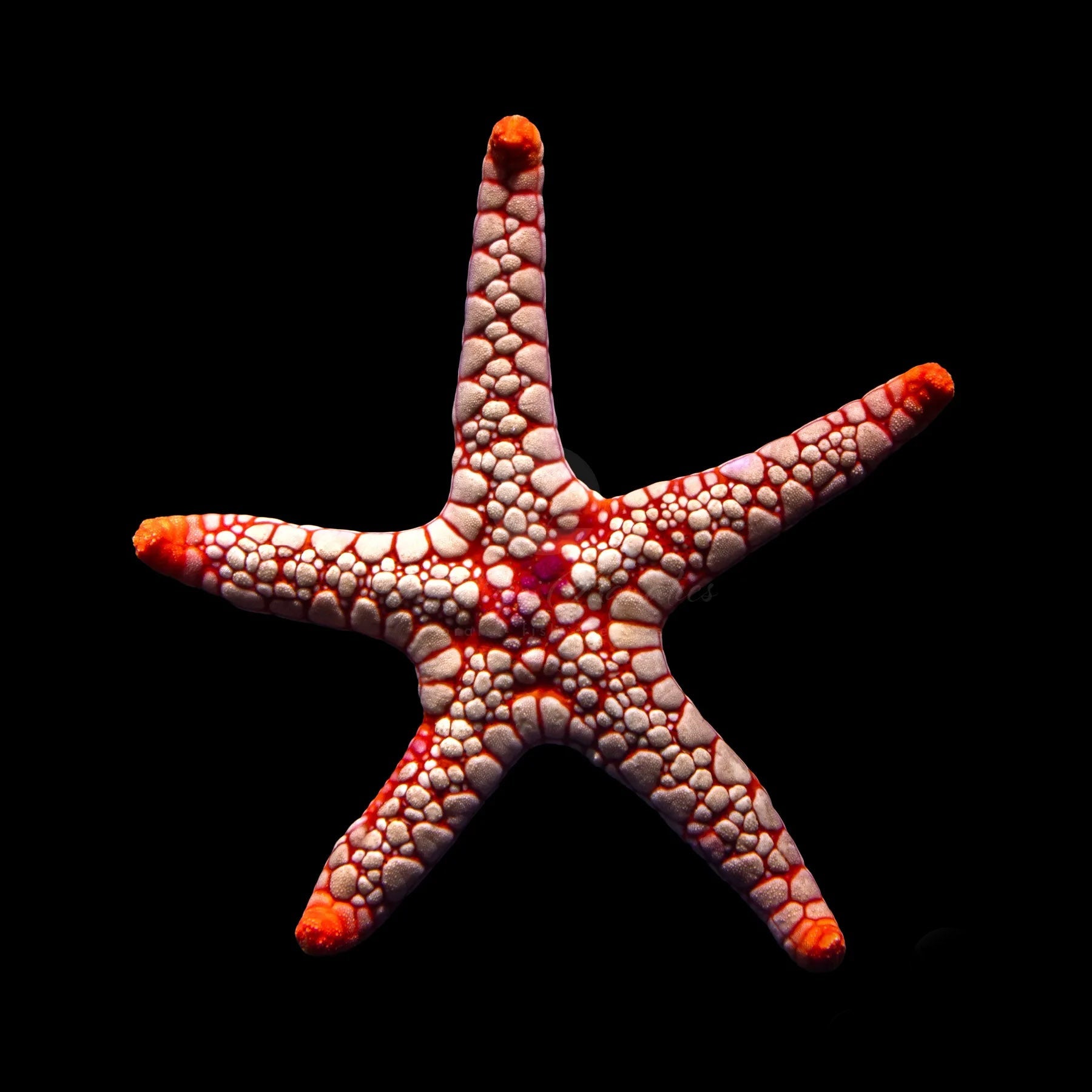
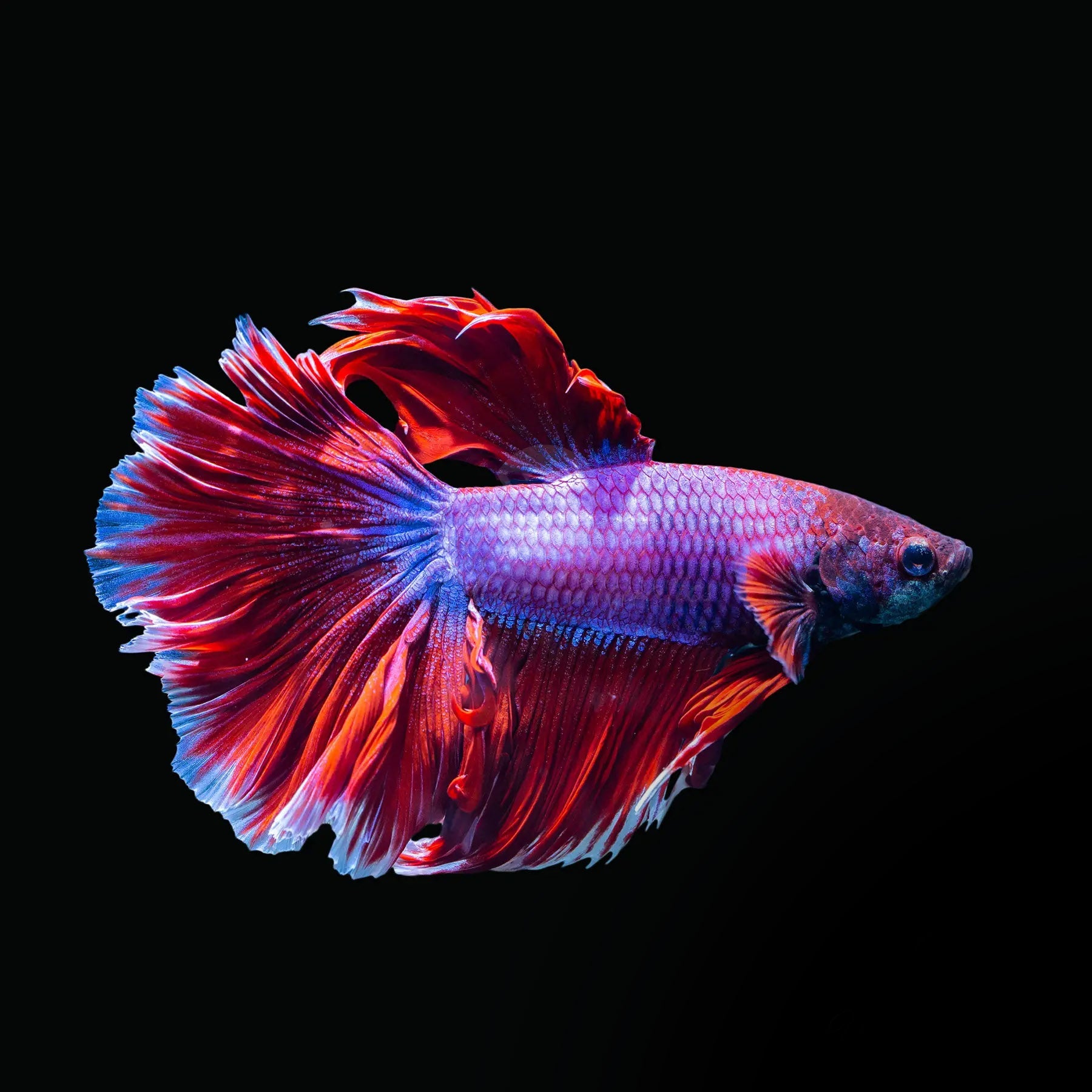
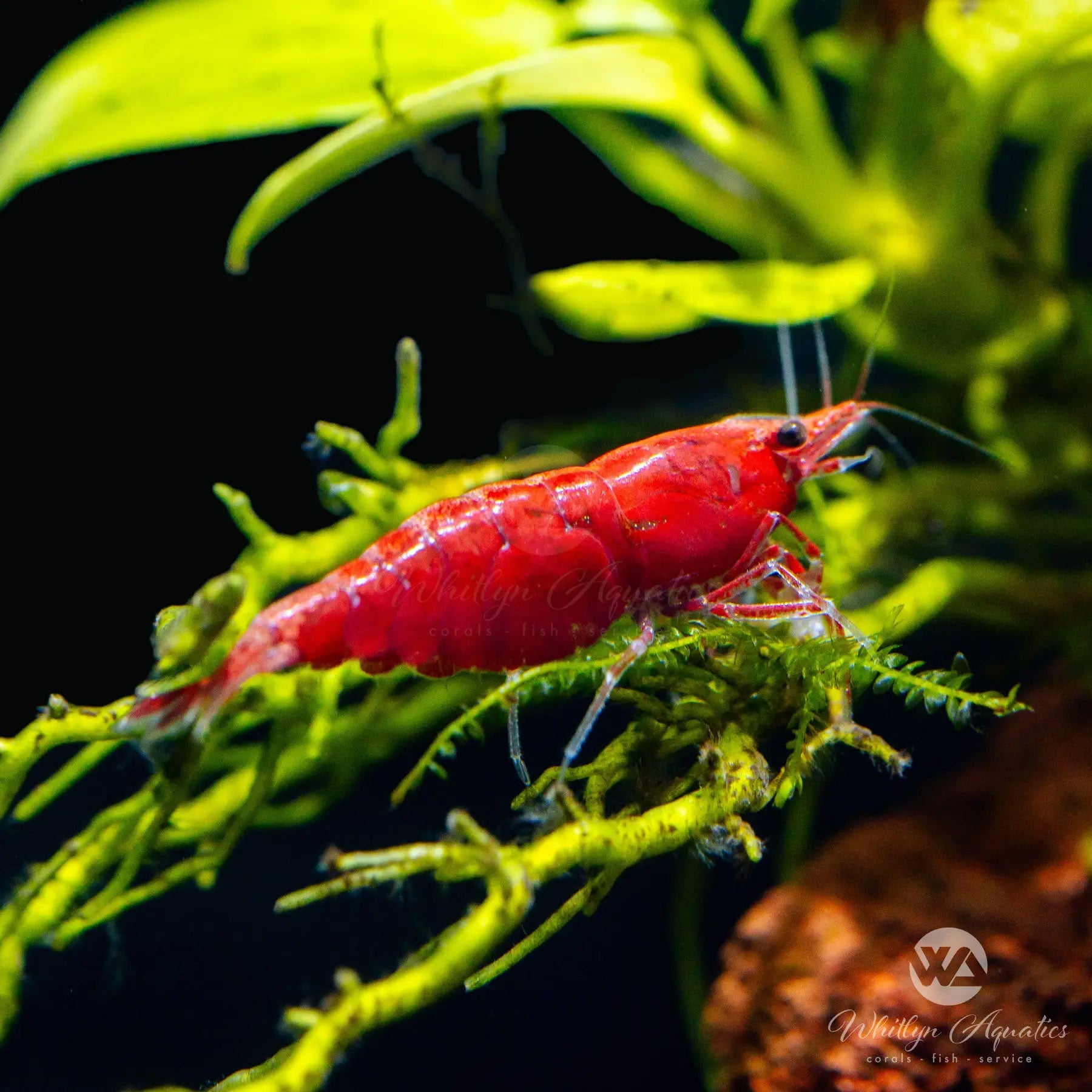
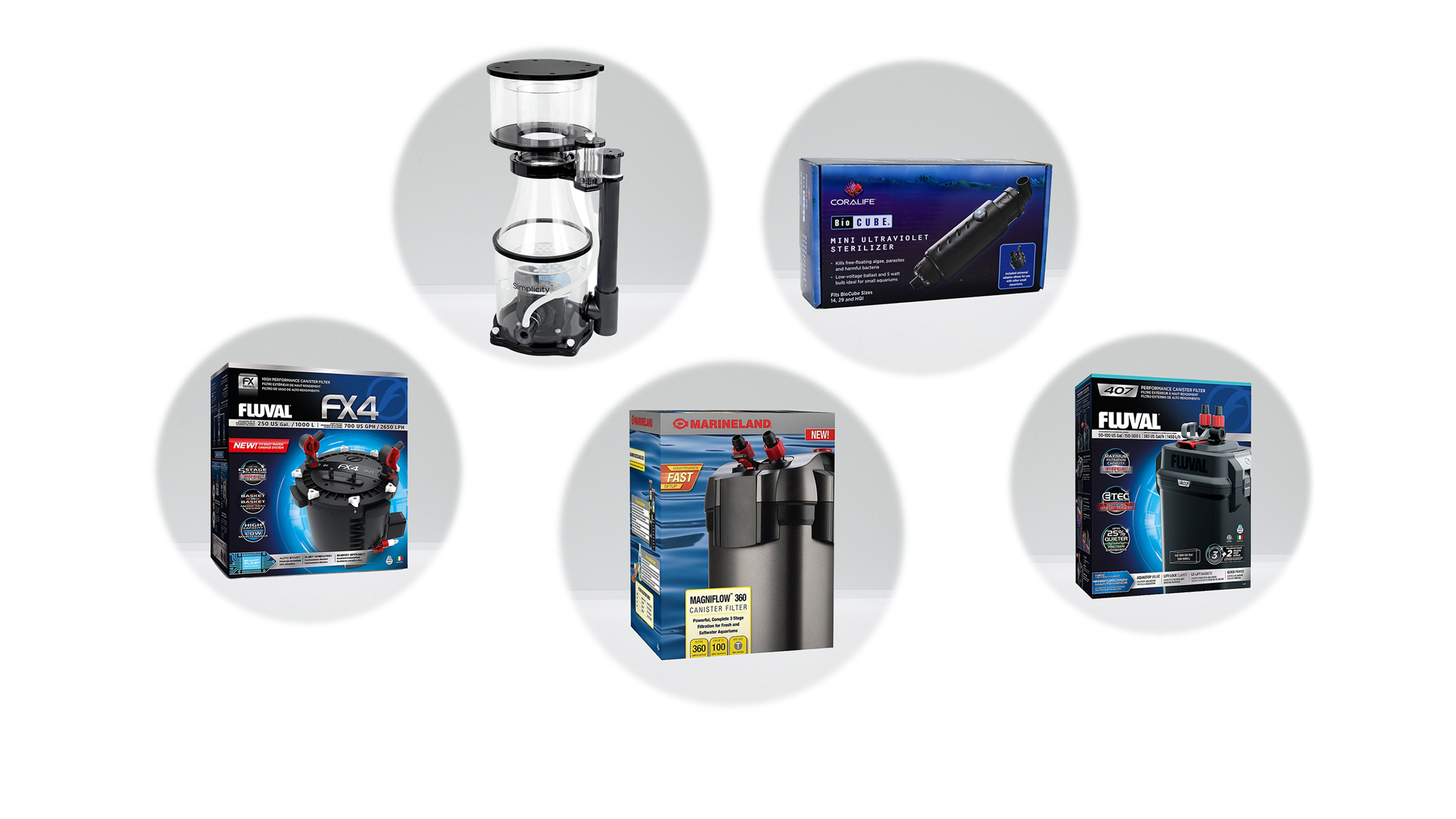
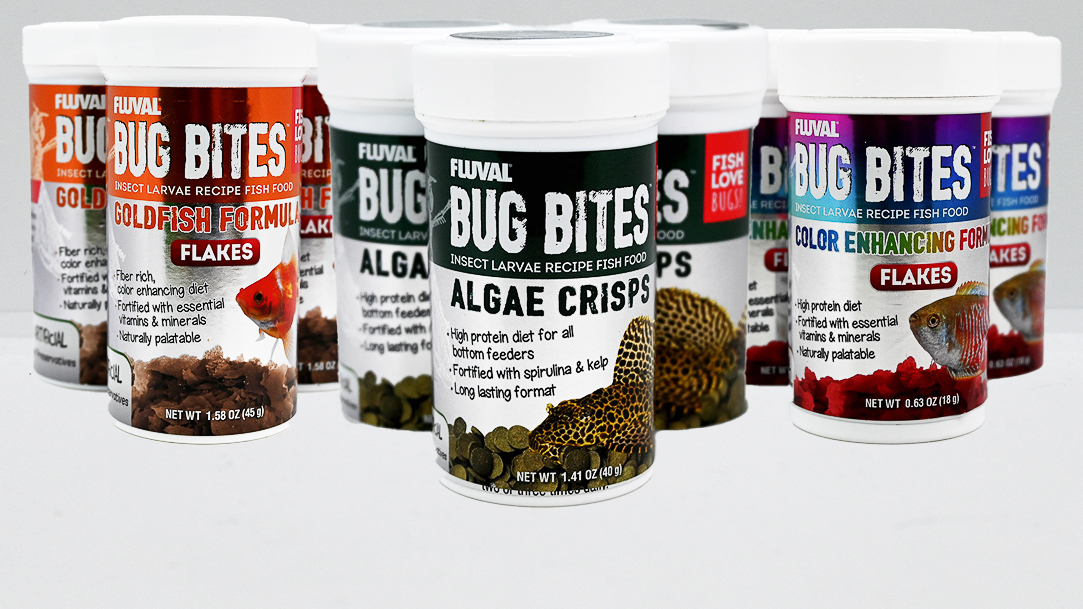
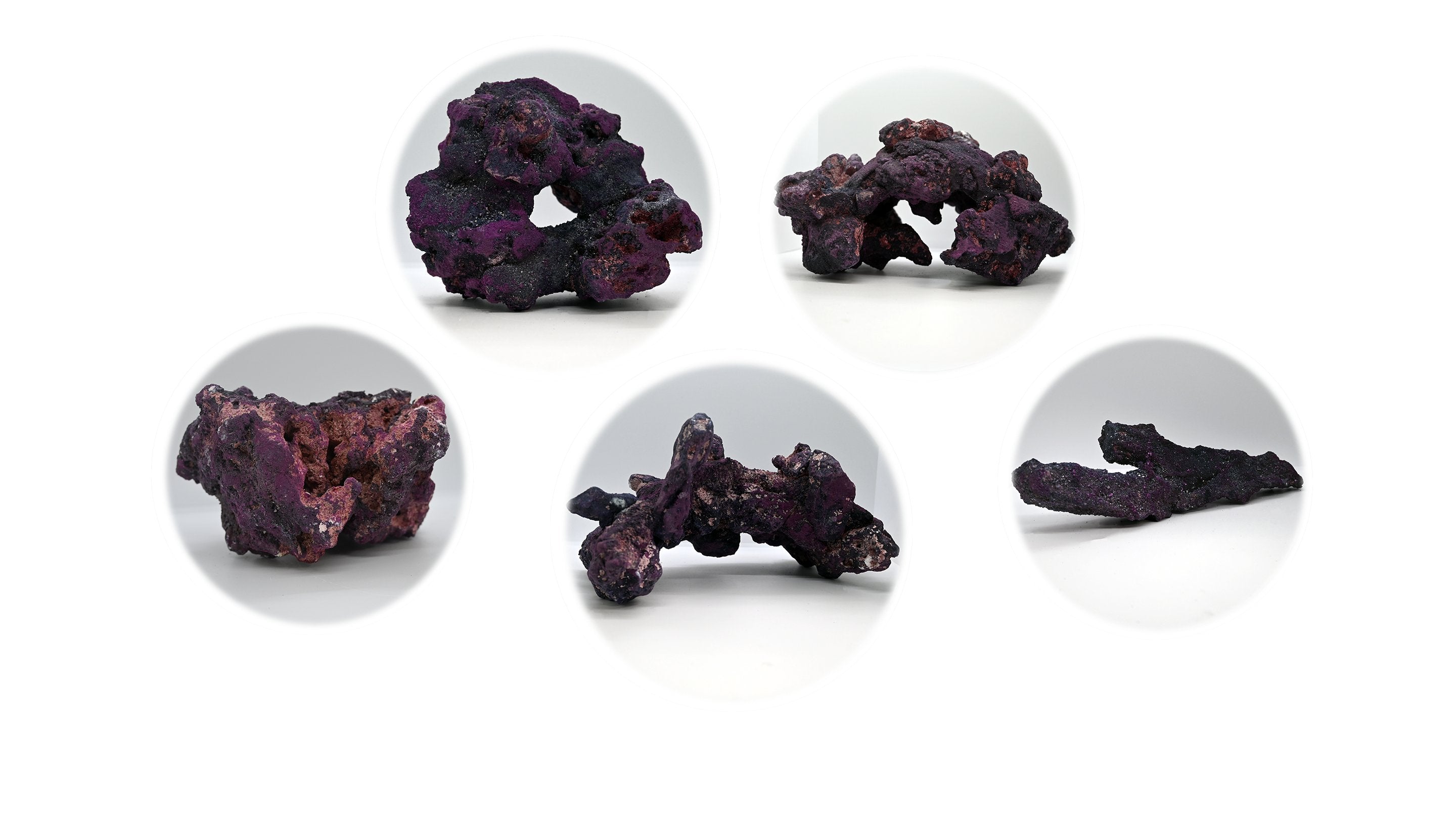
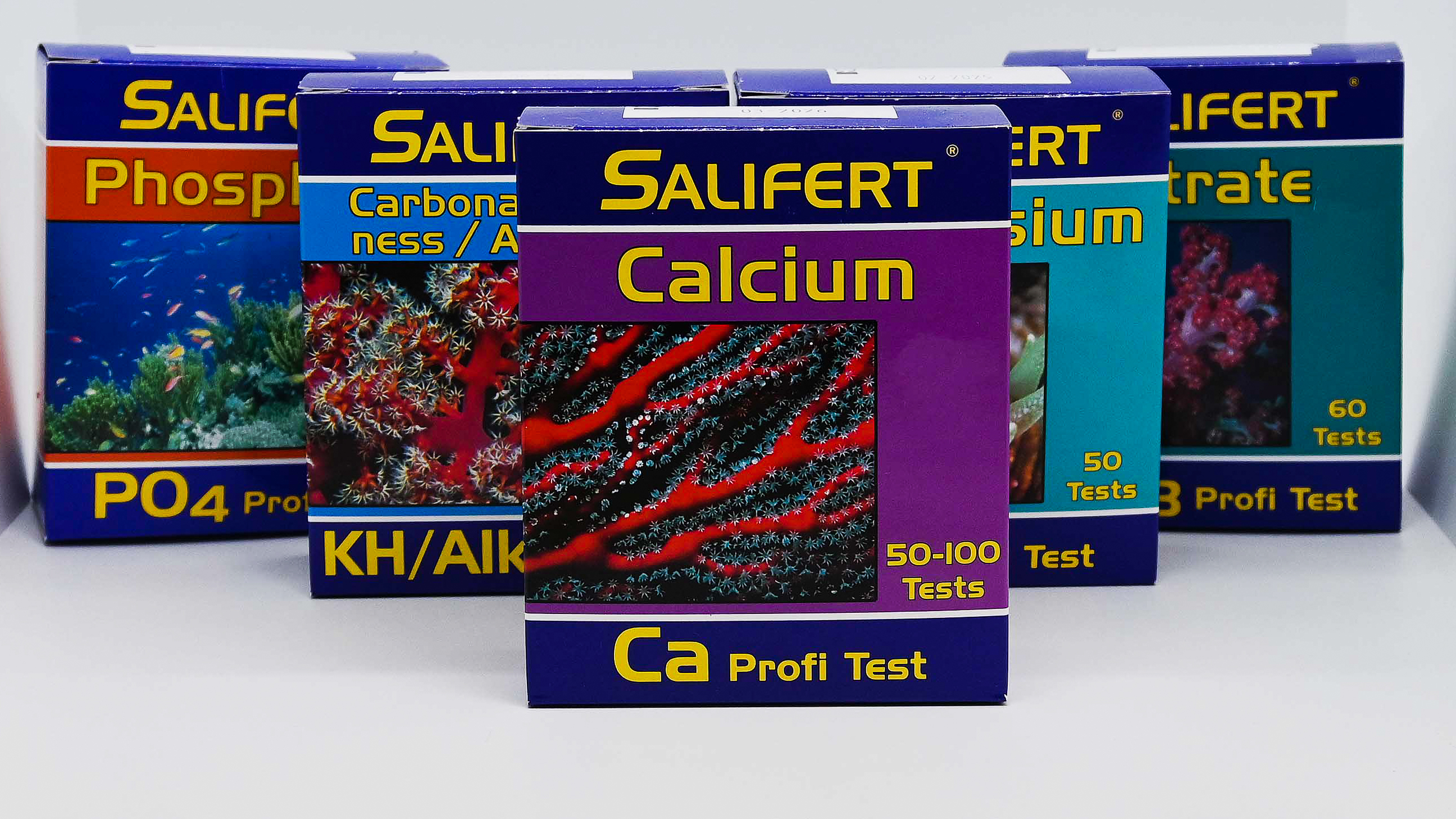
Leave a comment